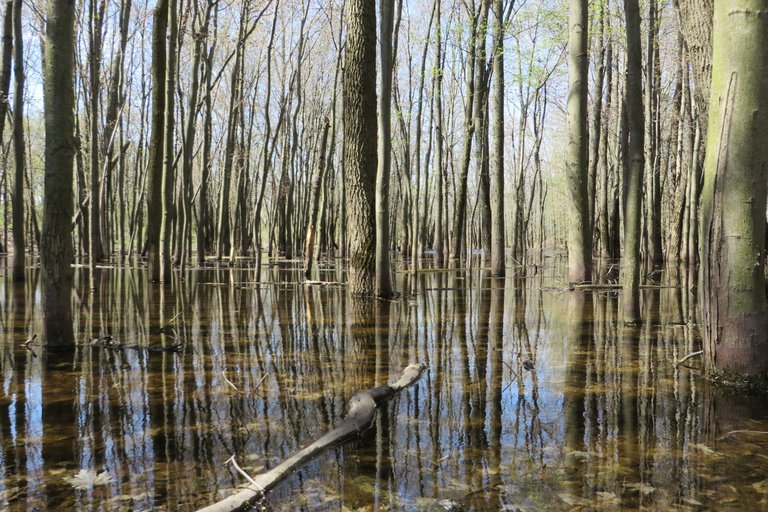An ambitious wetland restoration project in southern Ontario is drawing international attention for its scope and ecological impact. Located near the shores of Lake Erie, the Greenridge Wetlands Initiative has successfully restored over 1,200 hectares of degraded marshland previously drained for agriculture.
Led by a coalition of environmental nonprofits, Indigenous communities, and local governments, the project combines habitat rehabilitation with carbon sequestration and flood prevention. It’s one of the largest wetland restoration efforts currently underway in North America.
Crews reengineered natural water flow by removing levees and reintroducing native vegetation. Dozens of bird, amphibian, and fish species have returned to the area, including several that are listed as threatened or endangered in Canada.
Local First Nations have played a leadership role in land management and educational outreach. Cultural monitors from the Caldwell and Oneida nations regularly guide tours of the wetland, sharing knowledge about traditional medicines and conservation ethics.
The restored wetlands not only improve biodiversity but also act as a natural climate buffer. By absorbing and storing carbon-rich sediment, the site helps offset greenhouse gas emissions while reducing downstream flooding during storm events.
Funding for the initiative comes from Environment and Climate Change Canada, the Ontario Trillium Foundation, and international partners like the Ramsar Wetlands Convention. Technical support has also come from universities and private conservation firms.
In a 2024 report, the United Nations Environment Programme identified the project as a global case study in nature-based solutions. Several countries have expressed interest in replicating its collaborative model in flood-prone or ecologically degraded regions.
Residents of nearby towns have noticed changes as well. “We used to get basement floods every spring,” said Erie Shores homeowner Dana Mendez. “Since the wetlands came back, it’s been a lot better. And the birds are unbelievable.”
The project is now entering its next phase, which includes expanding into adjacent parcels and installing solar-powered monitoring stations. If successful, Greenridge may become a blueprint for Canada’s national wetland strategy—one that balances ecological repair with climate resilience and community participation.
